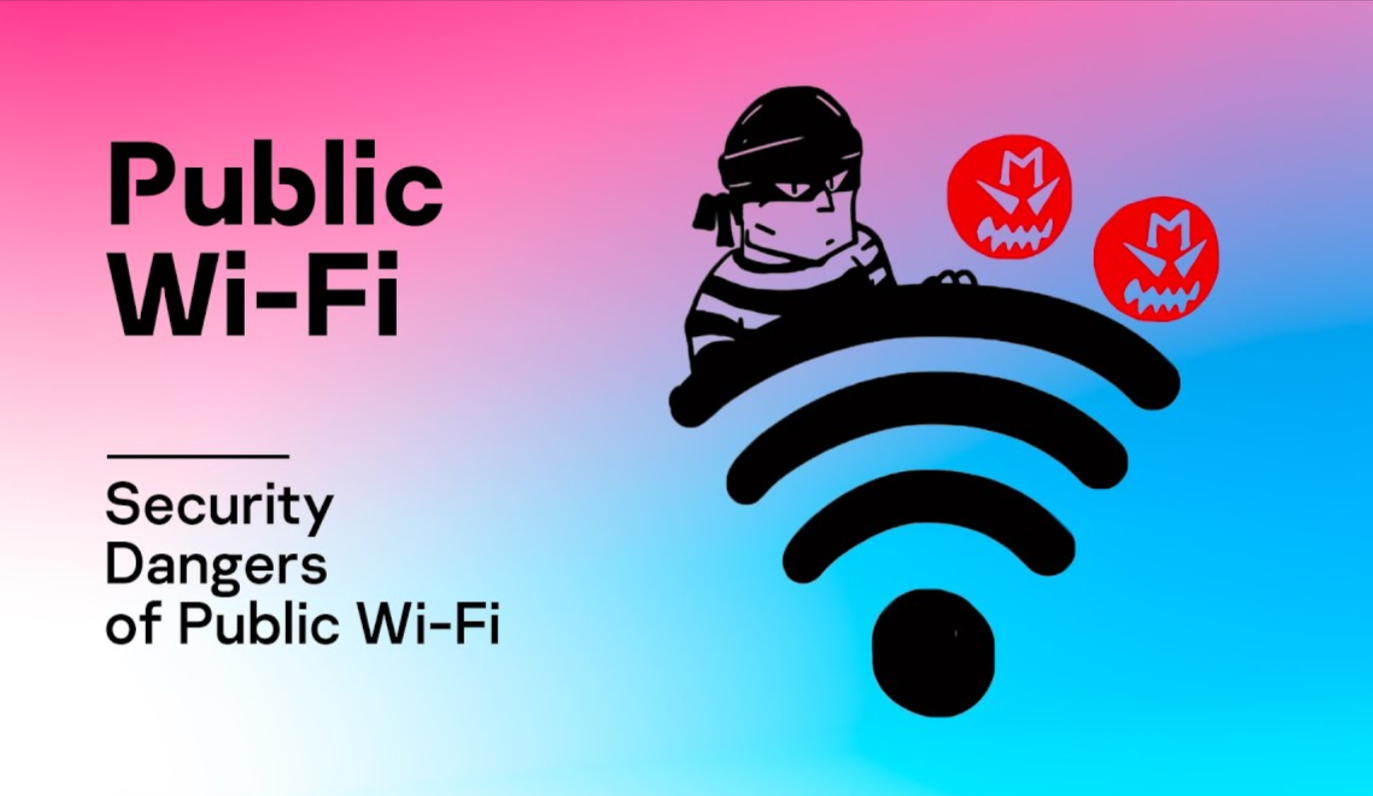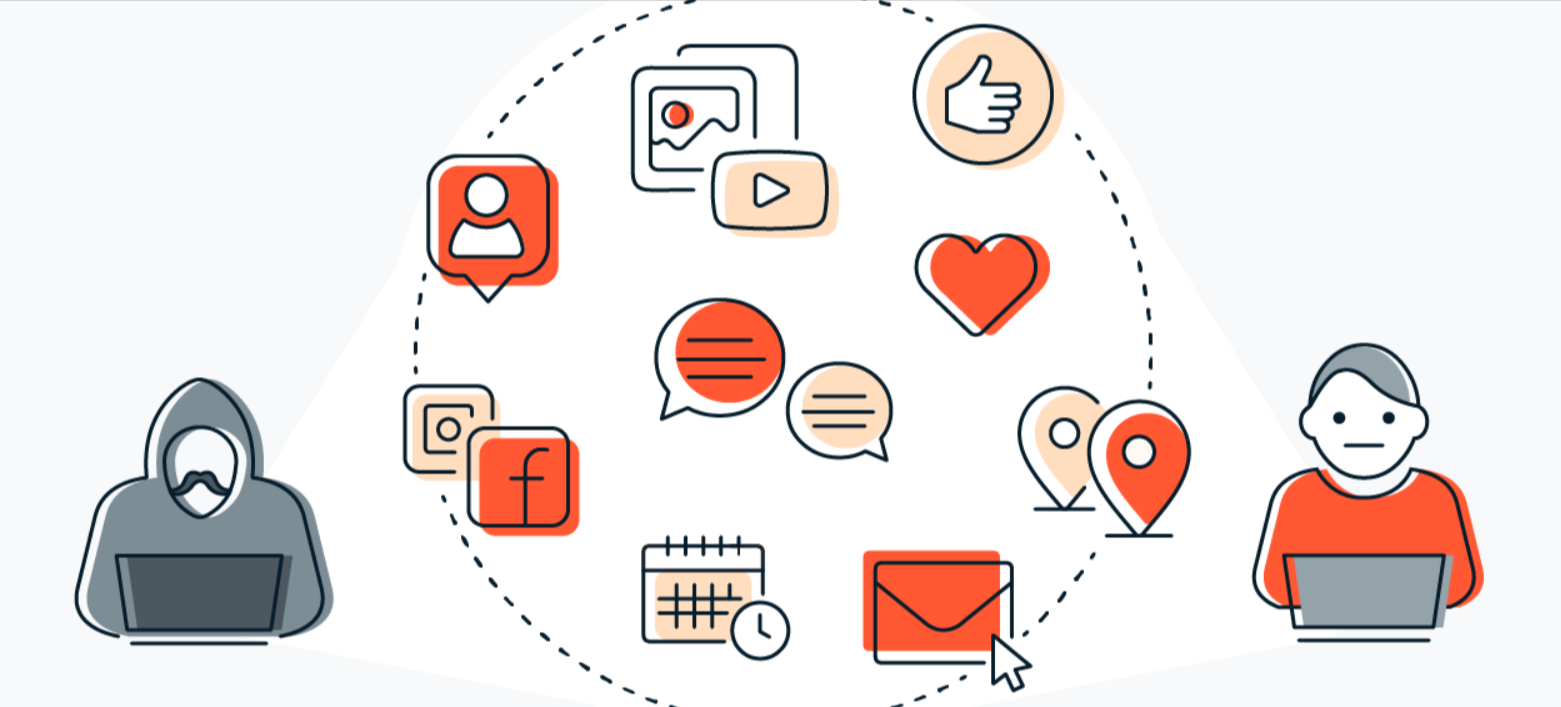Public Wi-Fi Risks: How to Stay Safe on Open Networks

According to research, a large number of people utilize free public Wi-Fi hotspots that are becoming a real necessity nowadays. Coffee shops, airports, hotels, co-working spaces, or pretty much any other public place can give you that small free access to the internet, hence making you available to colleagues even while doing distant work or just browsing without mobile data. But now, on the downside, it is never really safe to access such public networks because they could be the most threatening thing to a local consumer. They could be easily used by any cybercriminal with a very low-security system stealing information, intercepting data, and putting malware into unsuspecting users' devices.
Awareness of the potential for these types of problems and possible actions can signify the difference between being a victim or learning how to protect one's personal and financial data from hackers. This guide will explain most of the threats one might face regarding Wi-Fi networks and show specific preventive steps using open networks.
Understanding Public Wi-Fi Risks
Public Wi-Fi networks generally do not require a subscription or fee. Also, data carried between them often ends up being insecure or unencrypted, thus rendering it open to interception. The following are some of the most frequent security risks that open networks can present:
1. Man-in-the-Middle (MITM) Attacks
This type of attack provides a means through which a hacker intercepts communications between the person and a presumed Wi-Fi network. The hacker now has the ability to keep track of every online action taken, steal login details like passwords and so on from applications, and perhaps even tamper with the data sent and received by the person.
2. Rogue Wi-Fi Hotspots
Cyber thieves create rogue Wi-Fi networks using public network-sounding names and offer them to the public, such as "FreeCoffeeWiFi" or "HotelGuestNetwork". So when one unsuspecting customer connects to the network, they can flush out their data and even infect devices with malware.
3. Packet Sniffing
This is where hackers come in with packet sniffers and sniffs unencrypted data on a public Wi-Fi. This can consist of passwords, credit card numbers, or even private messages.
4. Session Hijacking
One of the ways that many websites can manage to keep a user logged in is with the use of session cookies. Session hijacking refers to stealing such cookies, allowing a hacker access to accounts without having to know the correct password of the account.
5. Spread of Malware
Unsecured networks can also act as carriers of infection via viruses, ransomware, or spy wares. The cybercriminal infects the computer of connected devices by creating back doors with outdated software.
Protection measures are then implemented for any public use of Wi-Fi by such measures. It is necessary to identify the best practices here for keeping safe using an open network.
How to keep Safe on Public Wi-Fi
1. Use a Virtual Private Network (VPN)
A VPN is most probably one of the best tools in terms of safeguarding data from public Wi-Fi. An internet traffic encryption by VPN makes that information unreadable from hackers, while guaranteeing privacy on sensitive information.
Other advantages of using a VPN while connecting to public Wi-Fi are:
Encryption to prevent the data interception by MITM attack a. Hiding your IP address gives an additional layer of privacy. c. Secured online transactions and submission of login details. d. Secure access to restricted regions' content. Just like NordVPN, ExpressVPN, or ProtonVPN, such reputably-well-known providers will give great encryption and no-logging policy.
2. Do Not Access Sensitive Information
- Generally, one should refrain from accessing any sensitive accounts over public Wi-Fi (even when secure with VPN). Sensitive accounts include:
Online banking and financial transactions - Email and social media logins
- Personal information on untrusted websites
Secure transaction processing should be performed through mobile data or postponed until you are on a safe and private network.
3. Disable Automatic Wi-Fi Connection
By 'automatic' the device will join any network that is available without any further configuration; a convenient and yet risky, since the device might suddenly connect you to a forged site staged by hackers.
How to stop automatic Wi-Fi connection: Windows: Settings > Network & Internet > Wi-Fi > Manage known networks and turn off auto-connect to public networks.
On a Mac: System Preferences > Network > Wi-Fi and de-select Automatically join open networks.
On Android: Open Wi-Fi settings and uncheck auto-connect to public networks. On an iPhone: This option can be found under Settings > Wi-Fi > Ask to Join Networks. Selecting trusted networks will minimize possible cross-connections with fake hotspots.
4. There is Always HTTPS for Reference
Also, it encrypts the data so that the hackers cannot penetrate any vital information. Ensure to check whether the URL of the site that you are entering login credentials or payment information into starts with https:// and not with http://.
Another factor of protection would be installing browser extensions like HTTPS Everywhere that would force use of secure connections by your browser whenever possible.
5. Switch Off Sharing Features and Bluetooth
Without file sharing, sharing and Bluetooth prevent unauthorized use of your device when you are on public Wi-Fi.
How-to Disable File Sharing: Windows: Control Panel > Network and Sharing Center > Change advanced sharing settings, and turn off file and printer sharing. Mac: System Preferences > Sharing, and unselect all sharing options. Thus, by turning Bluetooth off, hackers cannot connect to your device using these Bluetooth vulnerabilities.
6. Log Out of Accounts As Soon As You're Done
Always log out immediately after finishing any work on public Wi-Fi networks as a counter-measure against the danger of session hijacking, where an attacker is able to seize your active login session while you are logging in. Scenario like this is indeed a countermeasure against session hijacking whereby an attacker takes over an active log-in session of the attacked person.
Proceed to click Remember Me or Stay Logged In only when you are on personal and secured devices and networks.
7. Employ 2FA whenever possible
Two-Factor Authentication provides extra protection by requiring that after entering a password, users must perform another action such as entering a one-off code sent by SMS or an authentication app.
With 2FA, hackers find it almost impossible to use stolen credentials to log into their victim's accounts. Some popular applications that use 2FA include:
- Google Authenticator
- Authy
- Microsoft Authenticator
To be safe, 2FA should be instituted into all accounts that are sensitive in nature - email, banking, and social media.
8. Use Mobile Data Instead of Public Wi-Fi
If something has to be kept confidential, use mobile data instead of public Wi-Fi. It can be said that mobile networks are a hundred times better than open Wi-Fi but they are not flawlessly secure.
If you cannot do without public Internet all the time due to frequent traveling, consider opting for an unlimited data plan.
9. Forget All Networks Used
Forget the public Wi-Fi once you are done using it, so as your device will not reconnect with it in the days to come.
To forget a network: For Windows, Settings>Network & Internet>Wi-Fi>Manage known networks>Select the Network>Click Forget, For Mac OS: System Preference>Network>Wi-Fi>Select the Network>Click Forget This Network For iPhones/Androids Network depending on the Wi-Fi settings>Forget Network.
This would prevent any hackers using spoofing techniques to impersonate that very network and connect to your device.
Conclusion
Public Wi-Fi may be a boon but with great security demerits. Hackers who would want to operate will try to enter any open networks and mount attacks like MITM attacks, rogue hotspots, packet sniffing, etc., to take user data.
Prevention of such attacks can be achieved by following some of the best practices: use a VPN, go for two-factor authentication, avoid sensitive transactions, disable auto-connect, and use HTTPS sites.


